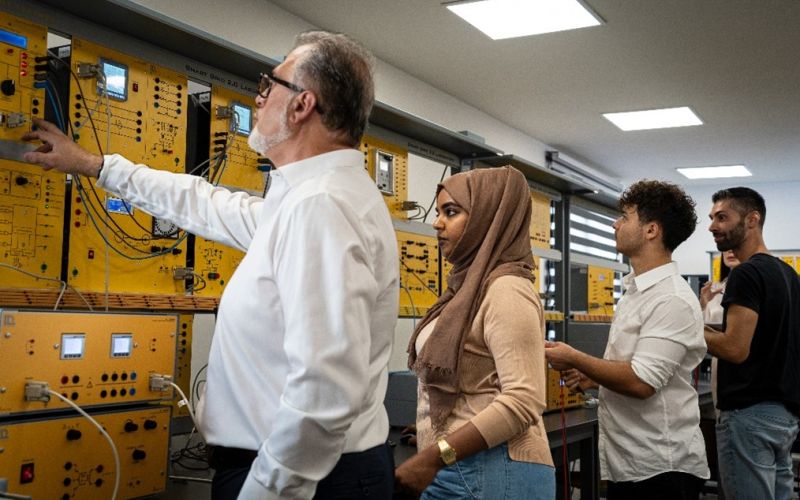
DO WE HAVE ENOUGH BIOMEDICAL: DESIGN, TROUBLESHOOTING AND REPAIR PROGRAMS?
Do we have enough biomedical design, troubleshooting, and repair programs?
Biomedical design, troubleshooting, and repair programs play a crucial role in the healthcare industry.
These programs are essential for the effective development, maintenance, and repair of medical equipment used in various healthcare settings.
Among these programs, one notable product is De Lorenzo‘s Biomedical program.
Biomedical Engineering is a cutting-edge technology used both in rehabilitation and in sport or fitness.
It involves the use of electrical pulses to cause involuntary muscular contractions.
This practice allows for selective muscular contractions that are more powerful and extended than those achieved through voluntary efforts alone.
It provides incredible results, such as increased muscle tone and volume, reduction of adipose zones through increased fat metabolism, and the progressive reactivation of limbs that require re-education.
The success of Electro Stimulation and similar technologies heavily relies on the proper design, troubleshooting, and repair of the equipment involved.
From intricate electronic circuitry to advanced software systems, these devices require the expertise of professionals well-versed in biomedical engineering.
However, the question arises: do we have enough Biomedical design, troubleshooting, and repair programs to cater to the ever-growing demand for such technologies?
While there are programs available for biomedical design and engineering, the rapidly evolving nature of the healthcare industry, coupled with the advancements in technology, call for the continuous development of new programs. The field of biomedical engineering is vast and constantly expanding. Therefore, it is crucial to ensure that the workforce has access to comprehensive training programs that cover the latest developments in the field.
De Lorenzo, as a company specializing in the design, development, and production of technical and vocational training equipment, recognizes the importance of addressing this need. Through their product, Biomedical, they showcase their commitment to providing innovative solutions in the biomedical field.
However, it is not enough to rely solely on individual companies to fill the gap. Collaborative efforts between academic institutions, industry leaders, and healthcare organizations are crucial to establish robust educational programs that cater to the needs of the industry.
To meet the demands for biomedical design, troubleshooting, and repair programs, it is crucial to invest in research and development, promote knowledge sharing, and foster collaboration between various stakeholders. By doing so, we can ensure the availability of skilled professionals capable of designing, troubleshooting, and repairing the next generation of medical technologies.
In conclusion, the field of biomedical design, troubleshooting, and repair plays a vital role in the healthcare industry, particularly in the development and maintenance of advanced technologies like electro stimulation. While existing programs cater to some extent to the needs of the industry, continuous efforts are required to meet the evolving demands of the field. Collaboration between academia, industry, and healthcare organizations is essential to develop comprehensive training programs that equip professionals with the skills needed to thrive in this dynamic field.



